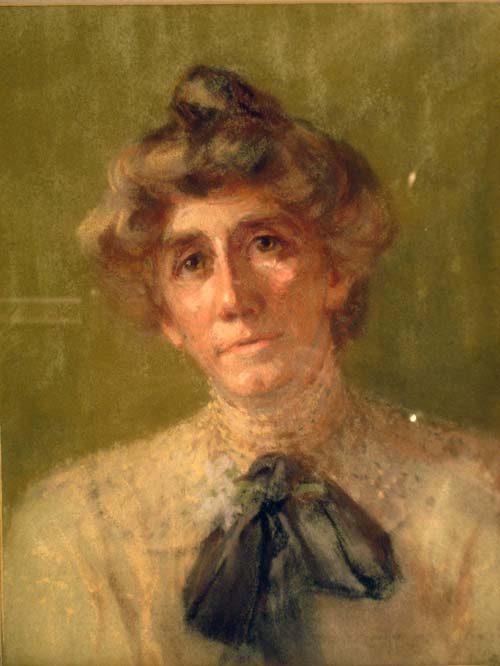On 3 June 1953, Preston Hall opened to the public as Stockton’s first museum. It was a day of joy, as only one day prior Elizabeth II had been crowned in Westminster Abbey, and there were celebrations up and down the country. The museum had been officially opened as part of the festivities around the coronation, and has remained a gem in the heart of Stockton since that day in 1953.
To celebrate 70 years of Preston Park Museum, we’ve had a look into our collection and chosen seven objects from the early days of the museum.
1.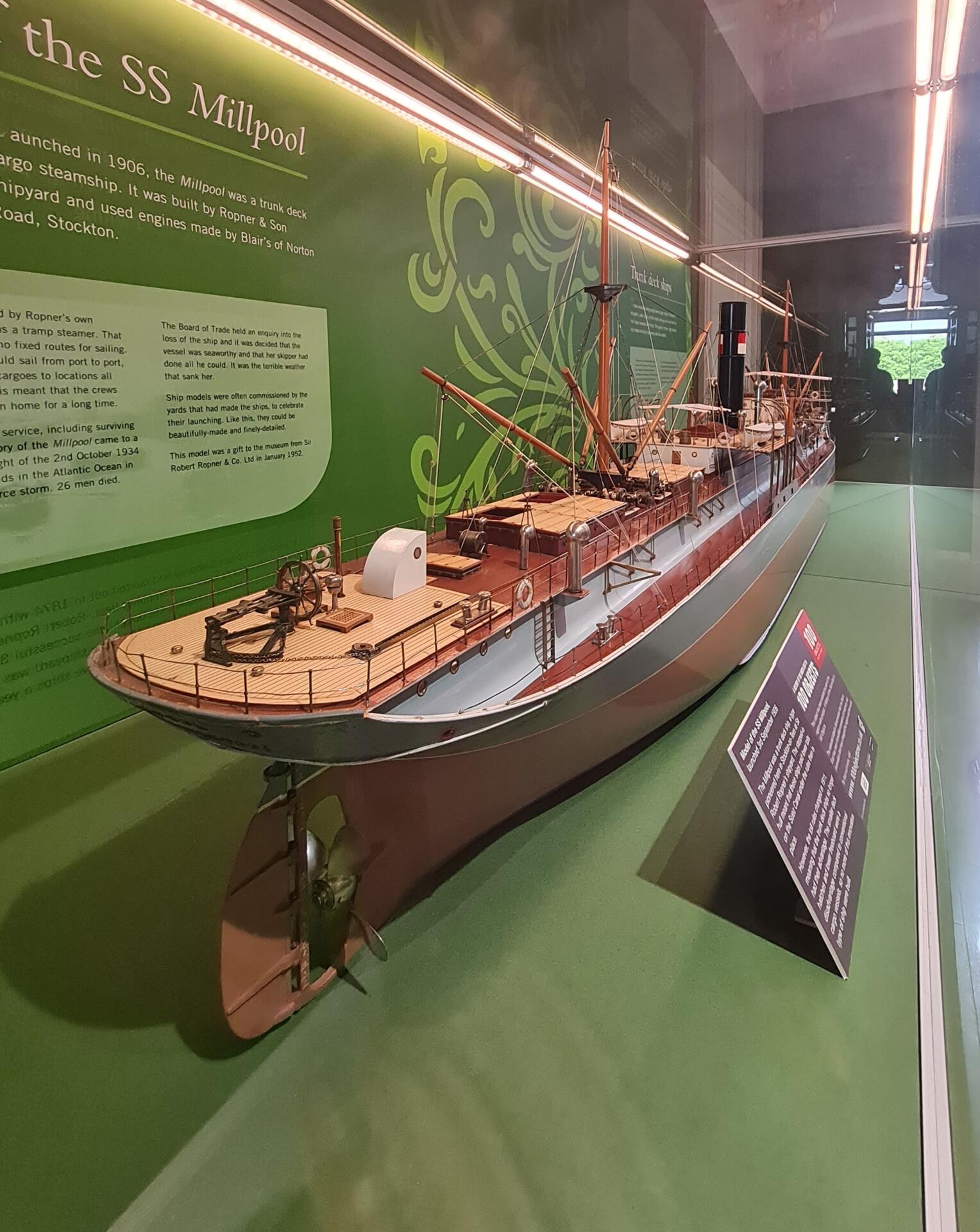
Did you know that the Ropner family were the first people to donate to the Museum? The model of the SS Millpool was the very first object donated to us, in the year before we opened to the public. The cargo ship was built in Stockton by the Ropner & Son shipbuilding company in 1906, and survived through the First World War unscathed. She lasted until 1934, when on a voyage to Montreal the ship was caught in a storm. She sent out distress calls through the night, and sent a final, undecipherable message in the early hours of the 3 October, after which the ship went silent. It was lost at sea with all 26 crew members presumed dead.
It is a lovely symbol of our history that the first object donated was by the family who had lived here and made it their home for so many years.
2.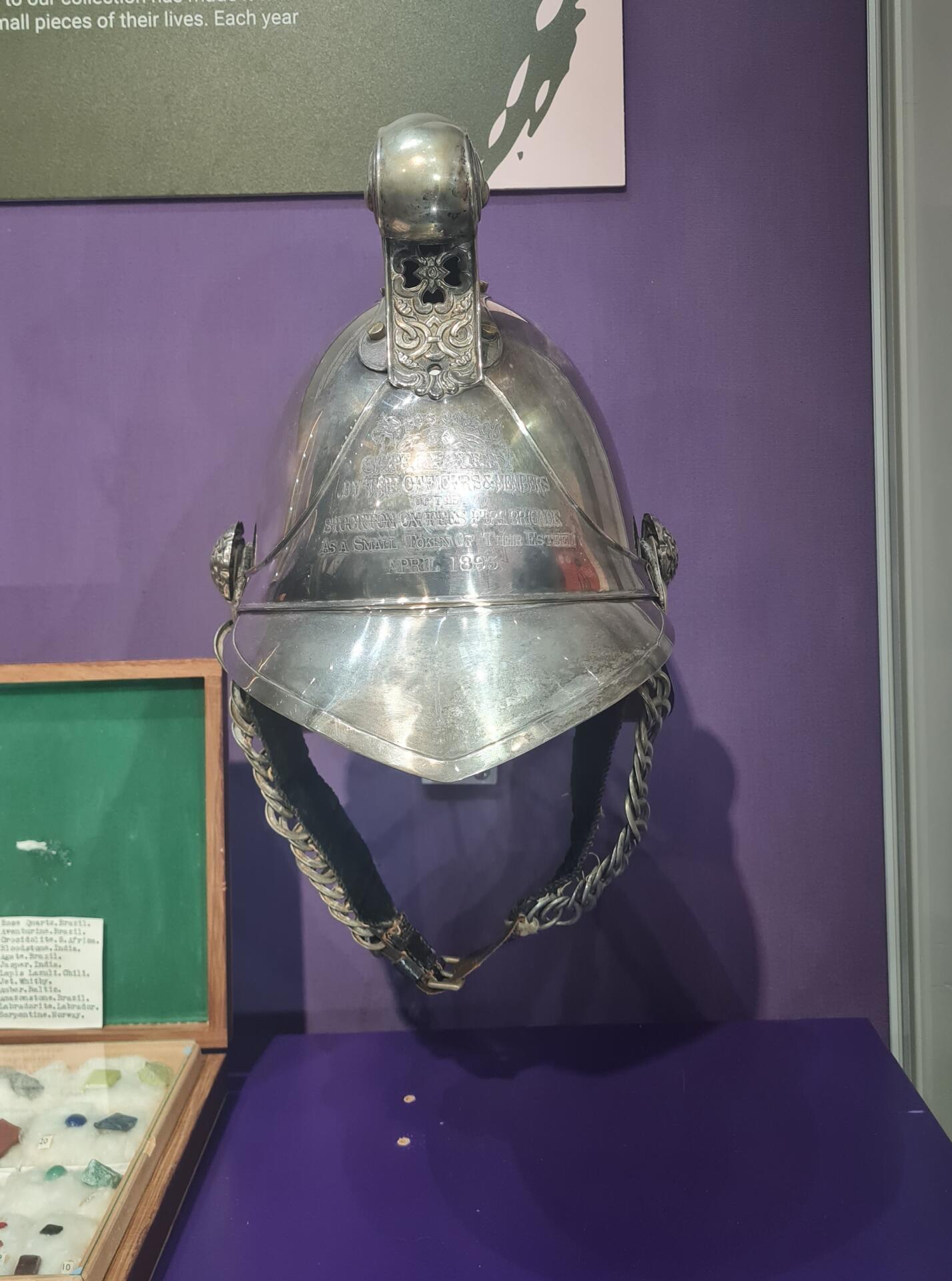
This helmet was presented to Captain Appleby by the members of the Stockton-on-Tees Fire Brigade in 1893.
This is one of the first ever objects donated to Preston Park Museum, recorded on our register in 1954, the year after the museum first opened in 1953. The engraving states “PRESENTED TO CAPT. APPLEBY BY THE OFFICERS & MEMBERS OF THE STOCKTON ON TEES FIRE BRIGADE AS A SMALL TOKEN OF THEIR ESTEEM APRIL 1893.”
3.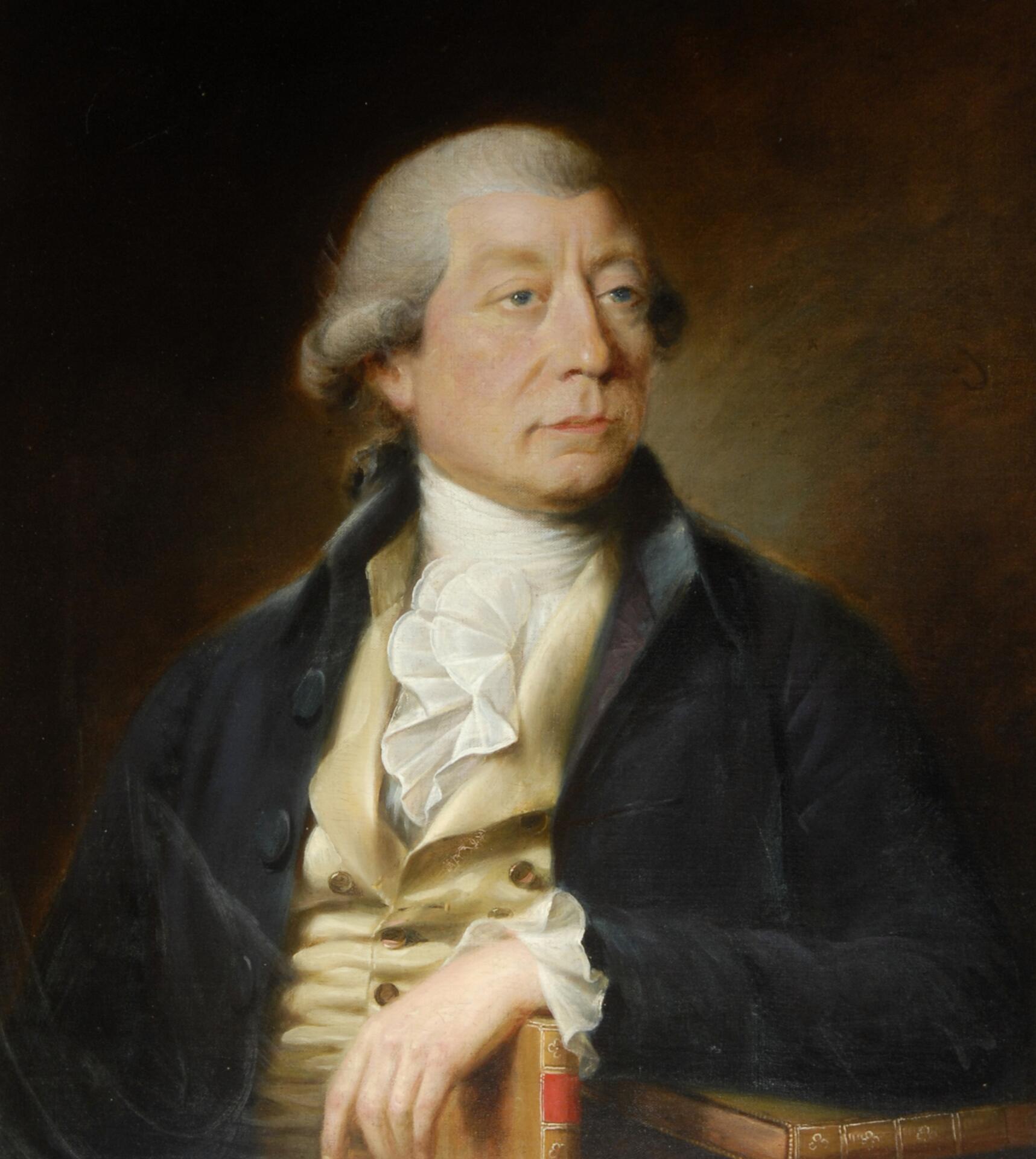
This painting of David Burton Fowler was donated by one of his relatives in 1956. It is the only known portrait of Burton Fowler, who worked as a solicitor in London before relocating to Preston-on-Tees.
David Burton Fowler was the original owner of the house, building Preston Hall in 1825. The original building didn’t have a music or billiard room, and the original entrance to the house was facing the river. He died in 1828, leaving the Hall to his nephew, Marshall Robinson Fowler.
Keep an eye out for this painting as you head up the stairs in the museum!
4.
This sedan chair was donated to us in 1957. Sedan Chairs were a popular method of transportation for wealthy people in towns during the 17th, 18th and 19th centuries. Usually, people would rent them at 2p for every 250 yards to avoid having to dirty their clothes on the city streets. There needed to be two chairmen to carry the sedan, and they were more in demand during winter due to the bad weather. This one was likely rented, as ones owned by the very wealthy were elaborately decorated.
They reached the peak of their popularity in the 19th century, when they were quickly replaced with horse-drawn hackney carriages, which were faster and could navigate the better-paved streets.
You can find our Sedan Chair on display in the Blue Gallery.
5. 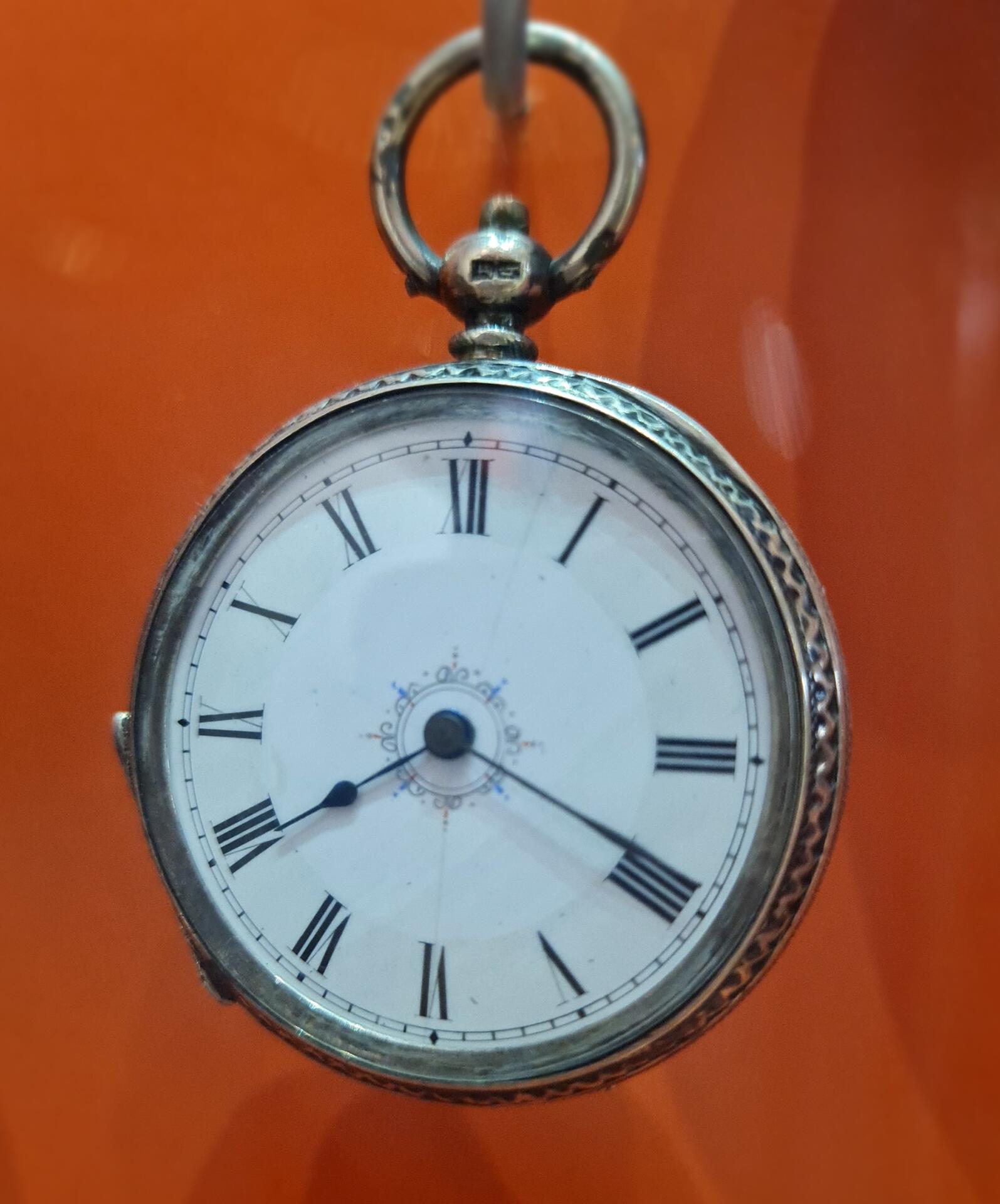
Dating to the 1850s, this watch was presented to James Eden in 1867. James was Stockton’s first postman, and he was appointed to the role of ‘Letter Carrier’ by the Royal Mail on the 4 April 1844, when he was 22 years old.
He later became the town crier after his retirement, a role he continued until his death in 1901 aged 79.
You can see the watch in the Clocking Off Gallery!
6. 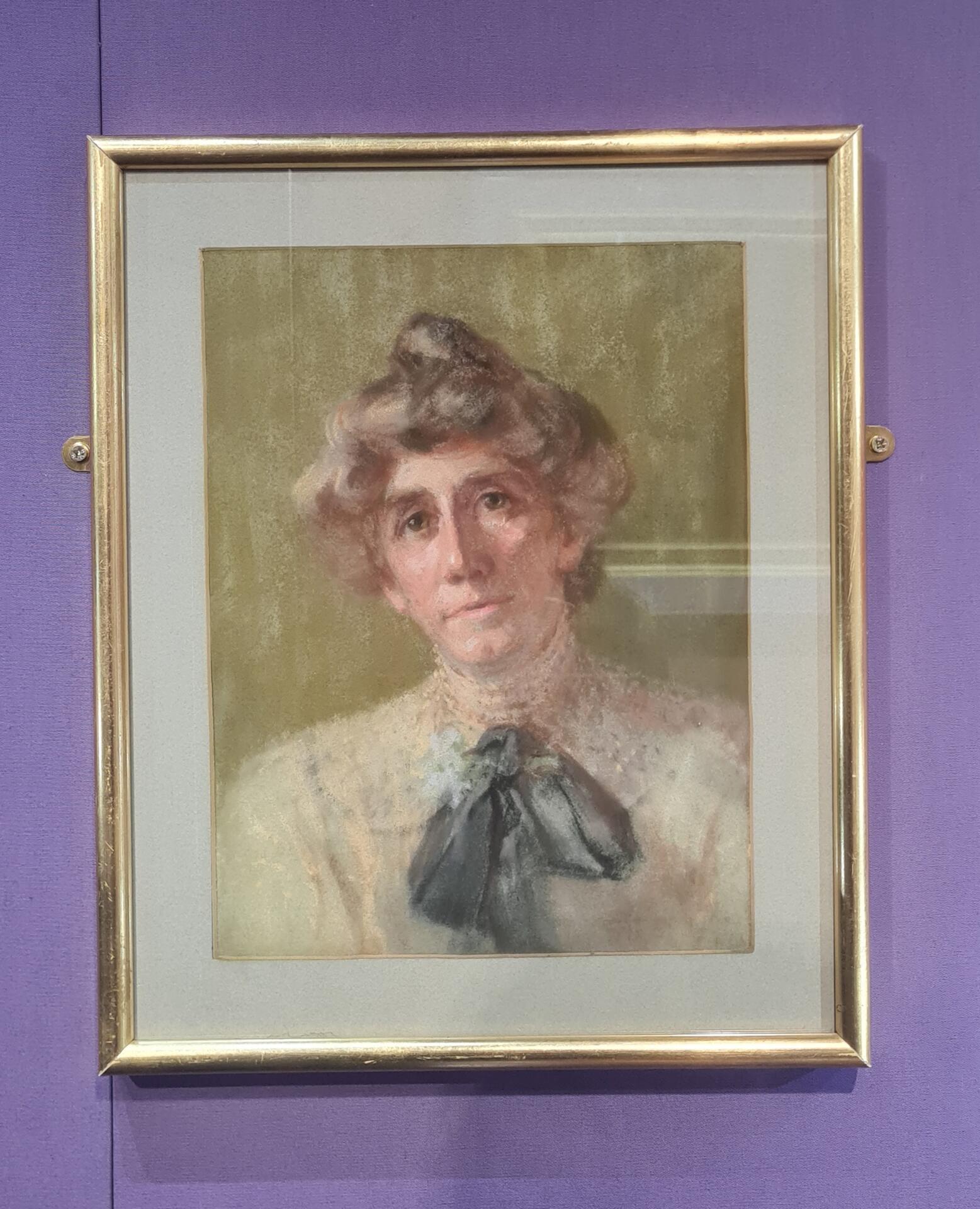
When the museum opened in 1953, there had already been two large bequests to Stockton Council, left in the hope that Stockton would soon open a museum of its own. These became the founding collections of the museum.
One of these collections, a treasure trove of watercolours and oil paintings, was left to the museum in 1930 by Annie Clephan, the daughter of Stockton-born Edwin Clephan. She left the extensive art collection to the borough in memory of her father, in the hopes that the pieces could be put on display for the people of Stockton. The most famous piece in the collection is the Dice Players by Georges de La Tour.
This portrait of her was donated alongside the rest of the artwork, and can be seen in The Collecting Gallery!
7. 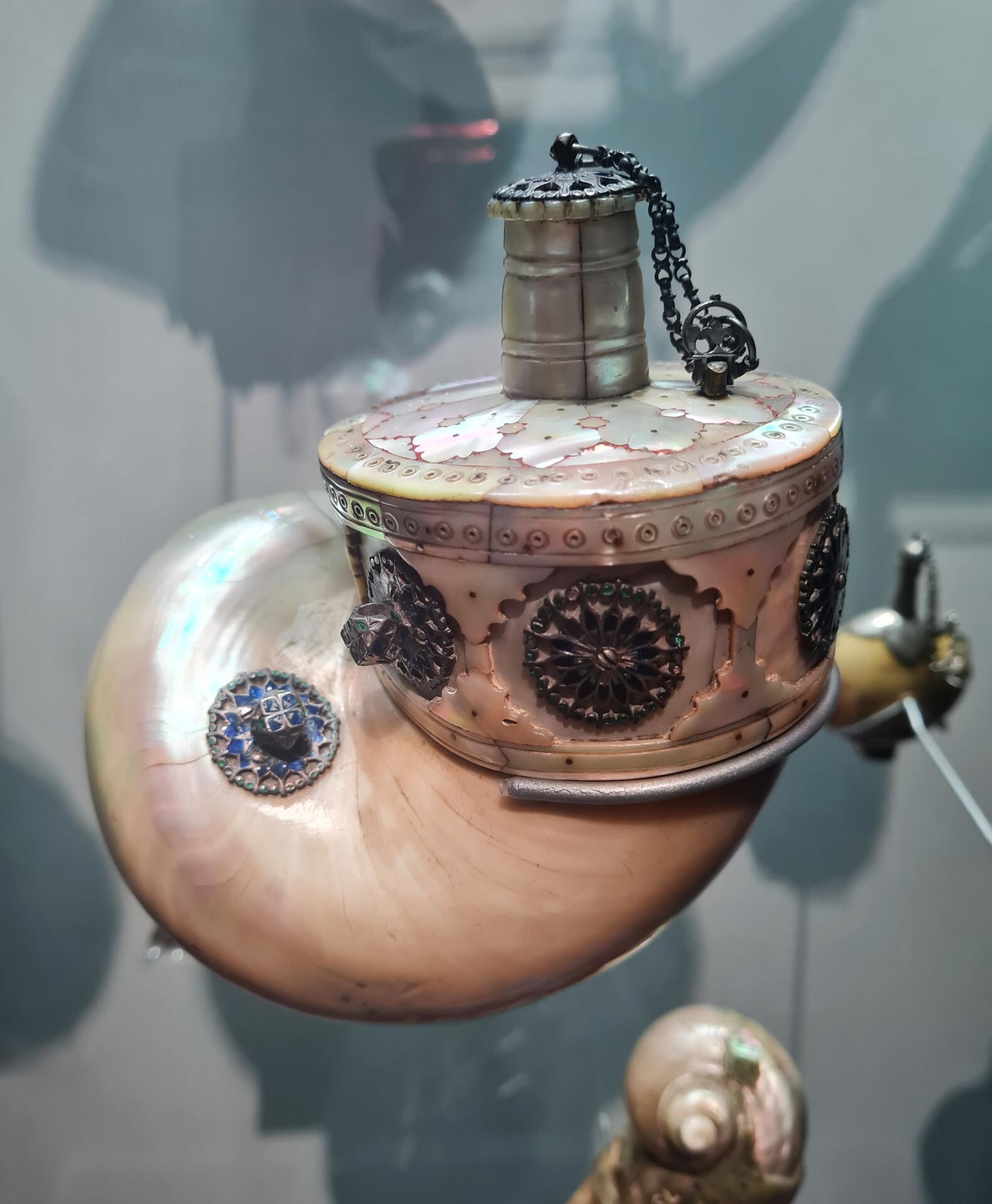
For the final day of celebrating 70 years of Preston Park Museum, we’re going right back to the very beginning, when Colonel Gilbert Ormerod Spence left his extensive collection of arms, armour, and artwork to the council in 1925. Like Annie Clephan, he wanted to leave his collection for the people of Stockton. He was a local man, born in Stockton in 1879, and he led the Durham Light Infantry through some of the toughest battles of the First World War.
One of the star pieces in his collection is this powder flask, made from a conical snail shell. Keep an eye out for it in The Collecting Gallery, where it sits alongside many more of the powder flasks that Colonel Spence bequeathed to us.
